 您的购物车当前为空
您的购物车当前为空
Anti-HSPA8 Antibody (3I923)
一键复制产品信息产品编号 TMAH-00579
Anti-HSPA8 Antibody (3I923) 是一种抗体,靶向 HSPA8。Anti-HSPA8 Antibody (3I923) 可用于 ELISA,WB。
Anti-HSPA8 Antibody (3I923)
Anti-HSPA8 Antibody (3I923)
一键复制产品信息产品编号 TMAH-00579
Anti-HSPA8 Antibody (3I923) 是一种抗体,靶向 HSPA8。Anti-HSPA8 Antibody (3I923) 可用于 ELISA,WB。
| 规格 | 价格 | 库存 | 数量 |
|---|---|---|---|
| 50 μL | ¥ 1,300 | 5日内发货 | |
| 100 μL | ¥ 2,180 | 5日内发货 |
大包装 & 定制
加入购物车
TargetMol 的所有产品仅用作科学研究或药证申报,不能被用于人体,我们不向个人提供产品和服务。请您遵守承诺用途,不得违反法律法规规定用于任何其他用途。
联系我们获取更多批次信息
资源下载
产品介绍
生物活性
偶联与修饰
抗原信息
| 产品描述 | Anti-HSPA8 Antibody (3I923) is an antibody targeting HSPA8. Anti-HSPA8 Antibody (3I923) can be used in ELISA,WB. |
| Ig Type | Rabbit IgG |
| 克隆号 | 3I923 |
| 交叉反应 | Human |
| 验证活性 | Western Blot -Positive WB detected in: Jurkat whole cell lysate, Colo320 whole cell lysate, U87 whole cell lysate, Raji whole cell lysate -All lanes: HSPA8 antibody at 1.72μg/ml -Secondary: Goat polyclonal to rabbit IgG at 1/50000 dilution -Predicted band size: 71, 54 KDa -Observed band size: 71 KDa |
| 应用 | ELISAWB |
| 推荐剂量 | WB:1:500-1:5000. |
| 抗体种类 | Monoclonal |
| 亚细胞定位 | Cytoplasm. Melanosome. Nucleus, nucleolus. Cell membrane. Note=Localized in cytoplasmic mRNP granules containing untranslated mRNAs. Translocates rapidly from the cytoplasm to the nuclei, and especially to the nucleoli, upon heat shock. |
| 组织特异性 | Ubiquitous. |
| 构建方式 | Recombinant Antibody |
| 纯化方式 | Affinity-chromatography |
| 性状 | Liquid |
| 缓冲液 | Phosphate buffered saline, pH 7.4, 150mM NaCl, 0.02% sodium azide and 50% glycerol. |
| 研究背景 | Molecular chaperone implicated in a wide variety of cellular processes, including protection of the proteome from stress, folding and transport of newly synthesized polypeptides, activation of proteolysis of misfolded proteins and the formation and dissociation of protein complexes. Plays a pivotal role in the protein quality control system, ensuring the correct folding of proteins, the re-folding of misfolded proteins and controlling the targeting of proteins for subsequent degradation. This is achieved through cycles of ATP binding, ATP hydrolysis and ADP release, mediated by co-chaperones. The co-chaperones have been shown to not only regulate different steps of the ATPase cycle of HSP70, but they also have an individual specificity such that one co-chaperone may promote folding of a substrate while another may promote degradation. The affinity of HSP70 for polypeptides is regulated by its nucleotide bound state. In the ATP-bound form, it has a low affinity for substrate proteins. However, upon hydrolysis of the ATP to ADP, it undergoes a conformational change that increases its affinity for substrate proteins. HSP70 goes through repeated cycles of ATP hydrolysis and nucleotide exchange, which permits cycles of substrate binding and release. The HSP70-associated co-chaperones are of three types: J-domain co-chaperones HSP40s (stimulate ATPase hydrolysis by HSP70), the nucleotide exchange factors (NEF) such as BAG1/2/3 (facilitate conversion of HSP70 from the ADP-bound to the ATP-bound state thereby promoting substrate release), and the TPR domain chaperones such as HOPX and STUB1. Plays a critical role in mitochondrial import, delivers preproteins to the mitochondrial import receptor TOMM70. Acts as a repressor of transcriptional activation. Inhibits the transcriptional coactivator activity of CITED1 on Smad-mediated transcription. Component of the PRP19-CDC5L complex that forms an integral part of the spliceosome and is required for activating pre-mRNA splicing. May have a scaffolding role in the spliceosome assembly as it contacts all other components of the core complex. Binds bacterial lipopolysaccharide (LPS) and mediates LPS-induced inflammatory response, including TNF secretion by monocytes. Participates in the ER-associated degradation (ERAD) quality control pathway in conjunction with J domain-containing co-chaperones and the E3 ligase STUB1. Interacts with VGF-derived peptide TLQP-21. |
| 偶联 | Unconjugated |
| 免疫原 | A synthetic peptide: Human HSPA8 |
| 抗原种属 | Human |
| 基因名称 | HSPA8 |
| 基因ID | |
| Uniprot ID | |
| 研究领域 | Signal Transduction |
存储&运输
| 储存方式 | Store at -20°C or -80°C for 12 months. Avoid repeated freeze-thaw cycles. |
| 运输方式 | Shipping with blue ice. |
计算器
引用文献
关键词
评论列表
Related Tags: buy Anti-HSPA8 Antibody (3I923) | purchase Anti-HSPA8 Antibody (3I923) | Anti-HSPA8 Antibody (3I923) cost | order Anti-HSPA8 Antibody (3I923)










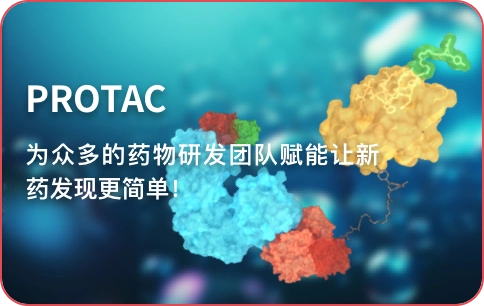







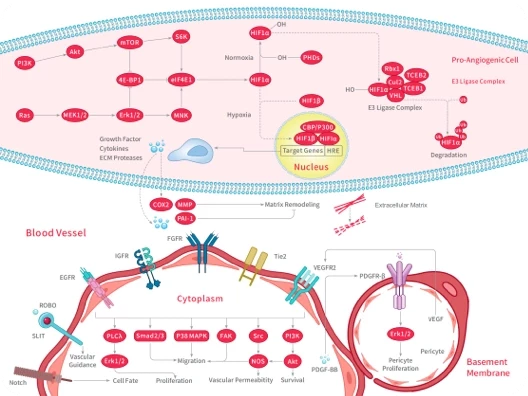
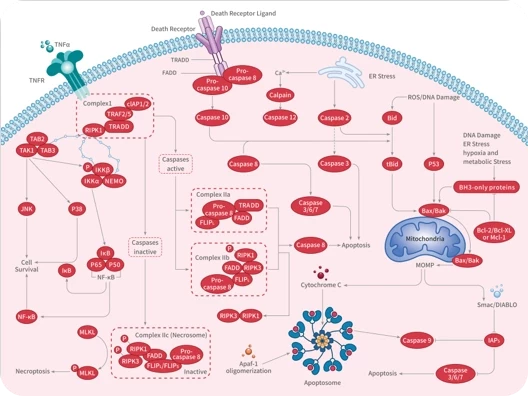
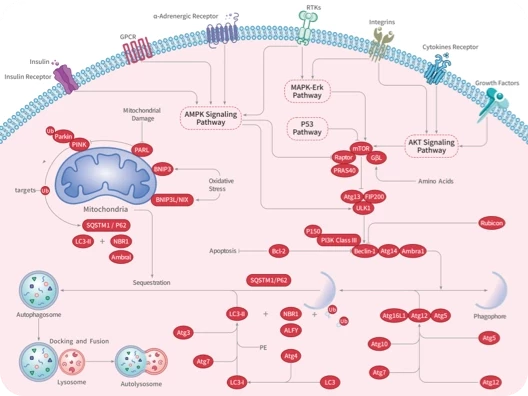

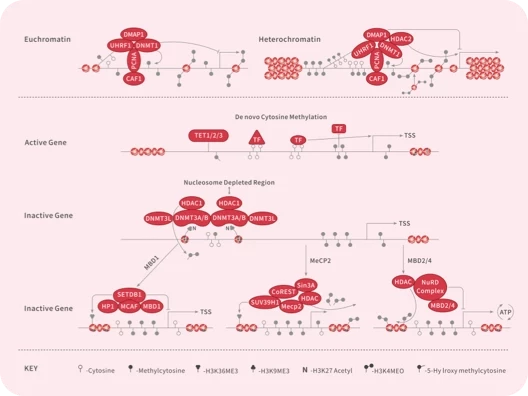
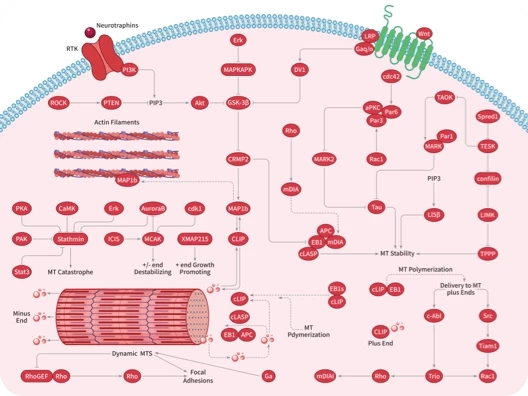
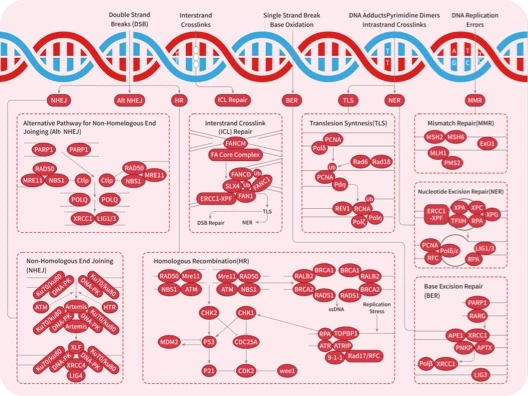
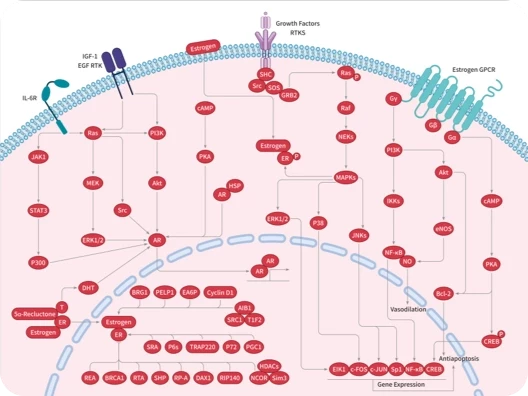
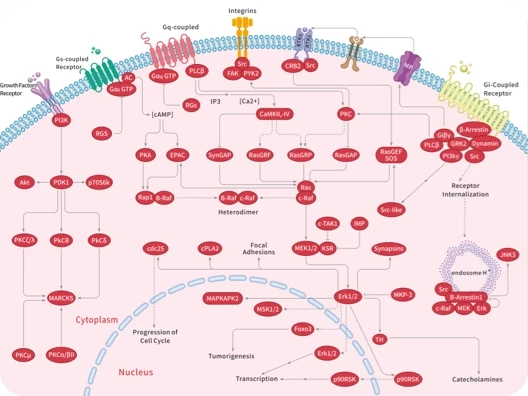
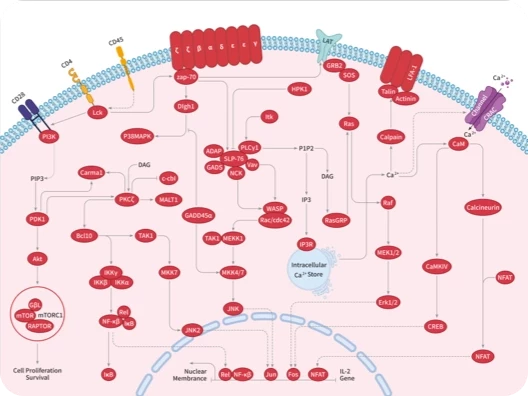
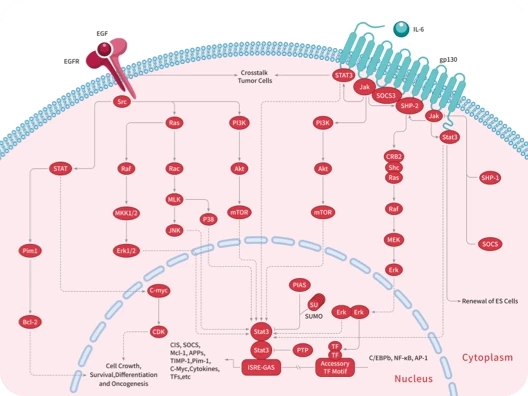
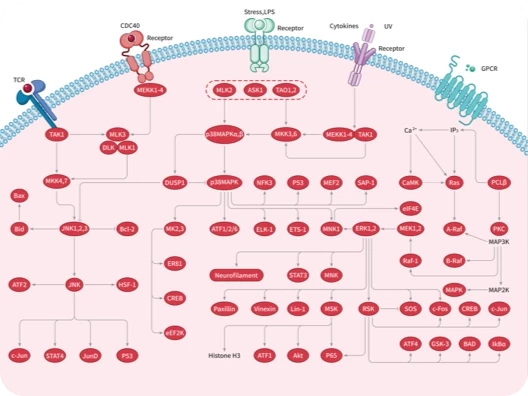
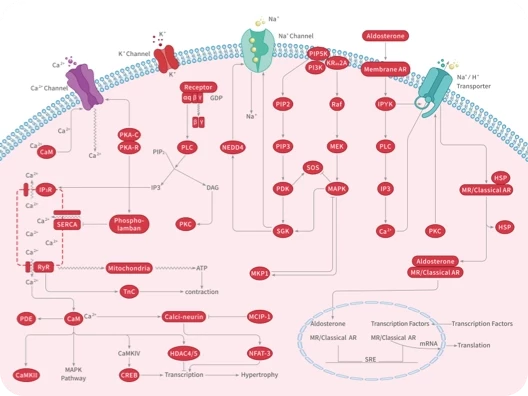
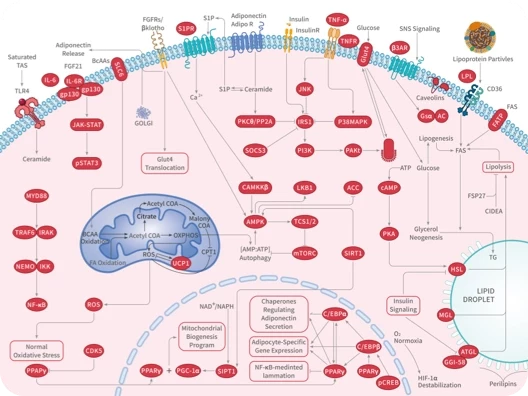
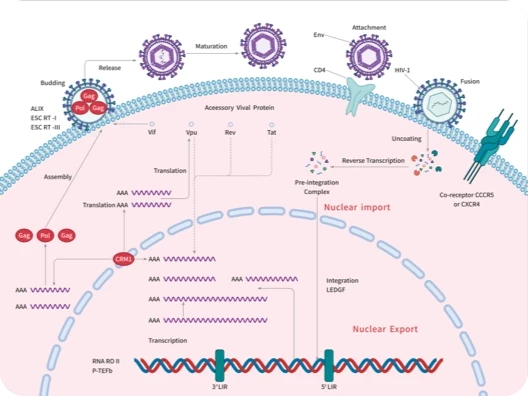


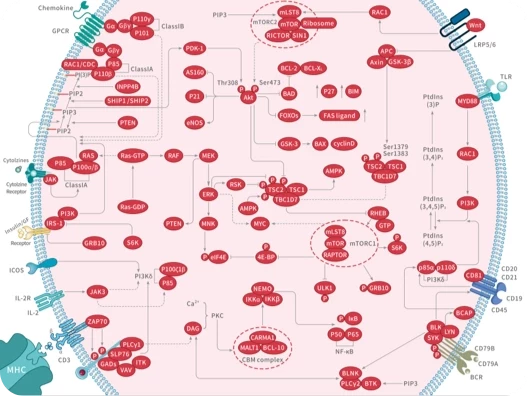
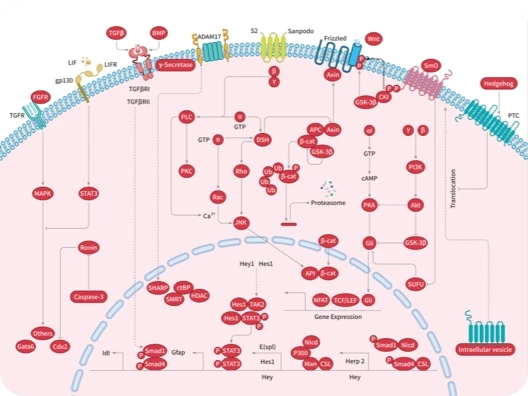

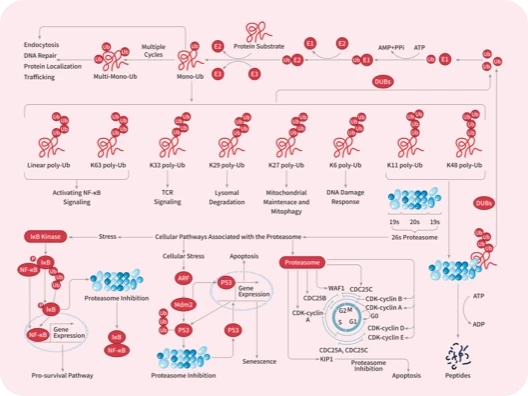


 还可以
还可以

 |
|
评论内容